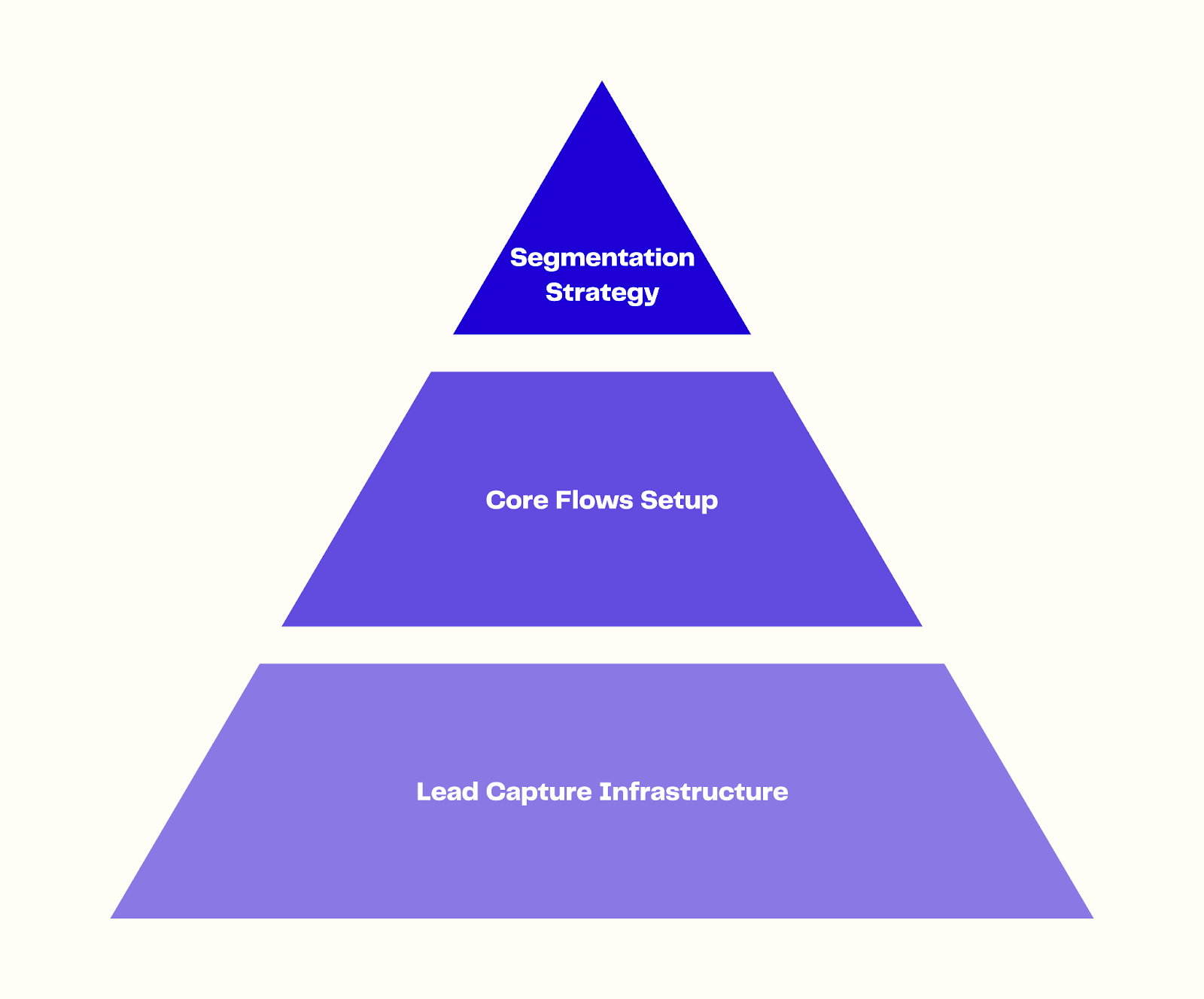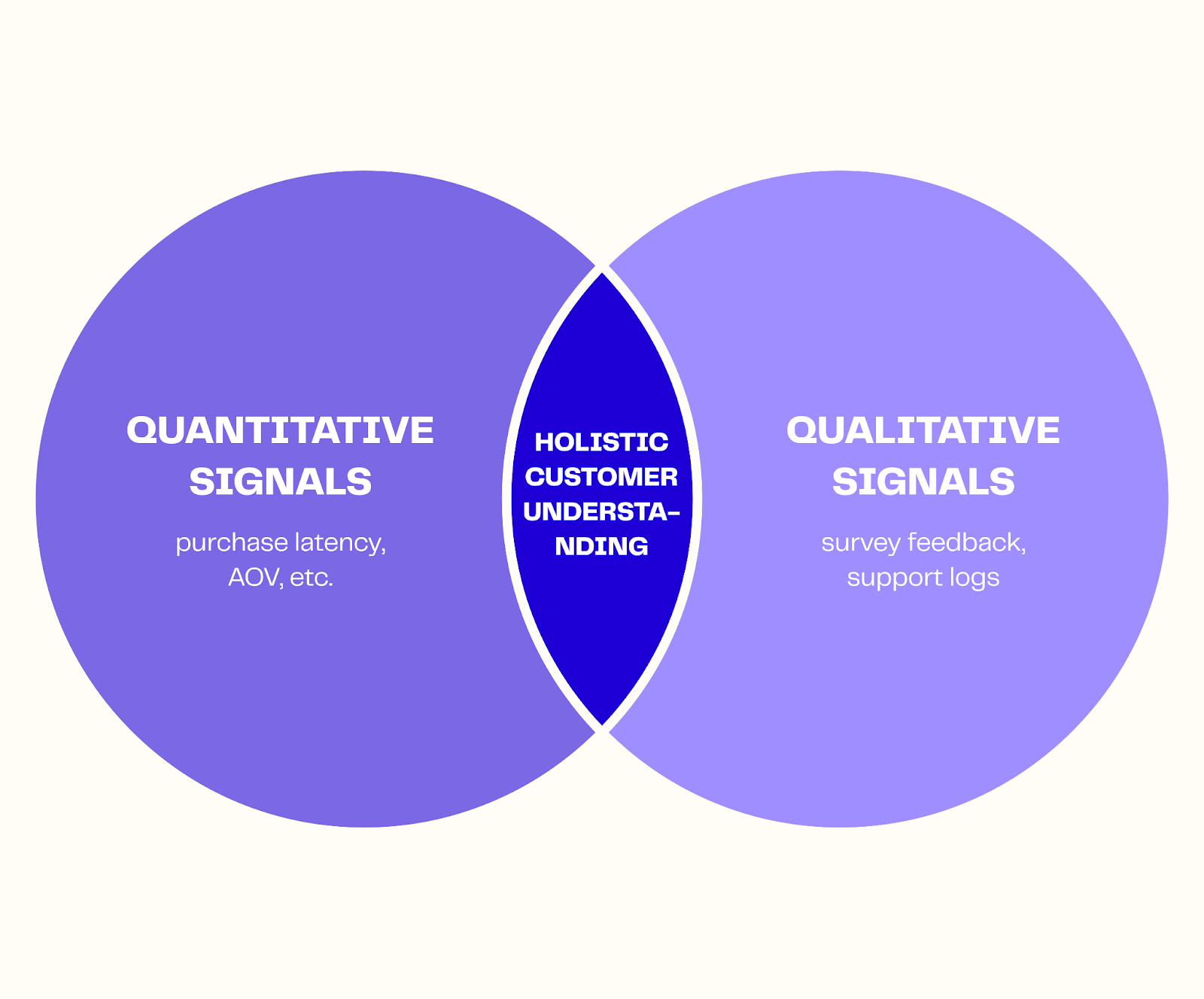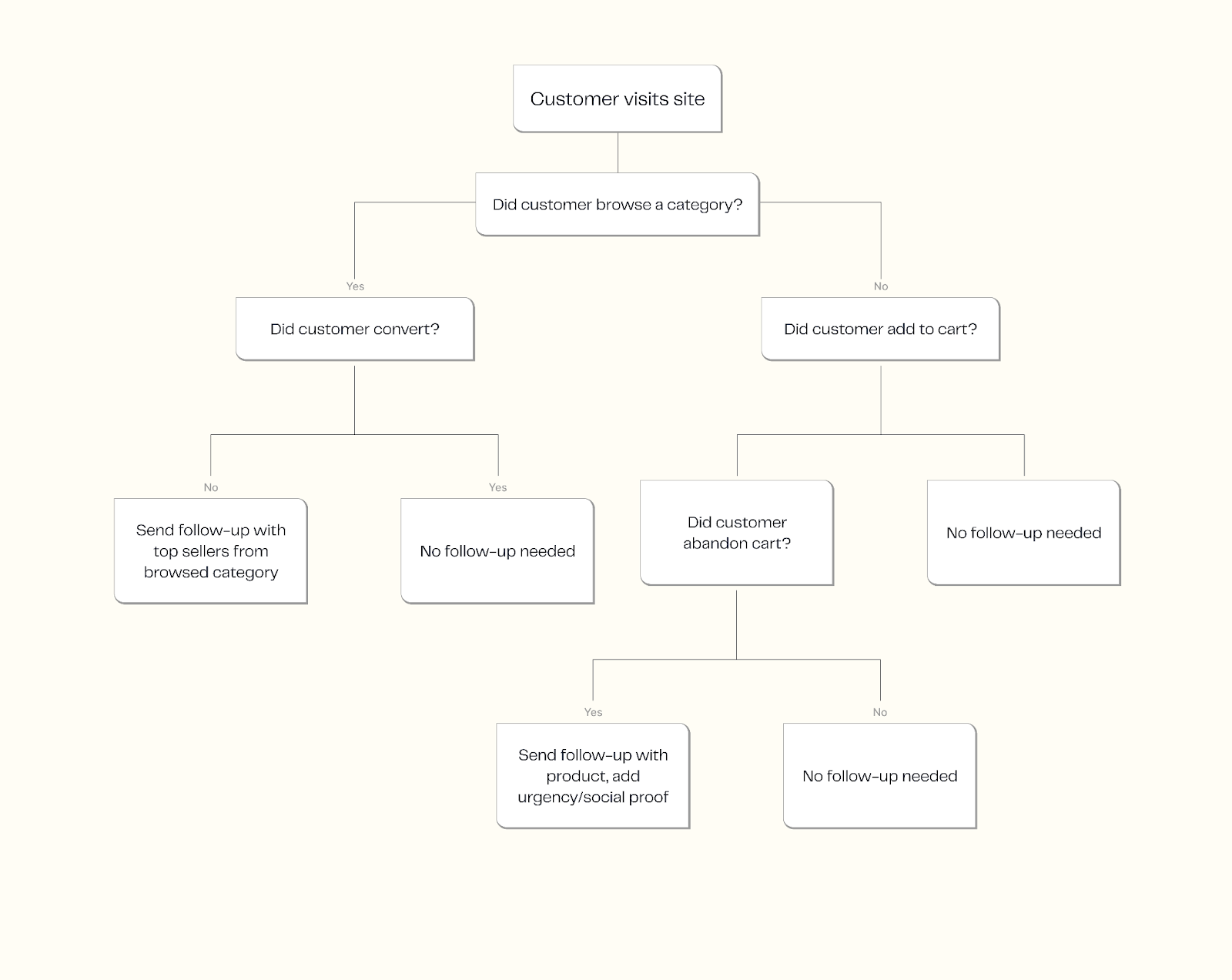Rethinking Personalization in Emails: Where Brands Go Too Far
.png)
Personalization has long been positioned as a core driver of customer acquisition and retention. For marketers running large-scale programs, the assumption seems logical: more personalization means stronger engagement and higher returns. But in practice, the outcomes rarely justify the investment.
From hyper-segmented flows that underperform broad campaigns to AI-powered copy that misses the mark, many advanced DTC brands are finding that personalization has diminishing returns when implemented without strategic intent.
To unpack this, we spoke with three experts seasoned in DTC marketing: Feras Khouri, Marina Carroll (New Standard Co.) and Erik Huberman (Hawke Media). Each expert has years of experience in running high-performing retention systems across 8- and 9-figure DTC brands with brands like RedBull, Caraway, and AG1. This report consolidates their insights on when personalization works, when it doesn't, and what retention teams should prioritize instead.
Here’s a short intro about our experts:

The hyper-personalization trap: When brands overdo it
With more accessibility to personalization tools and more datapoints in hand, many retention teams have moved toward increasingly granular segmentation: translating emails into dozens of languages, dynamically swapping product blocks, and customizing every field they can get data for.
But in practice, these overengineered experiences often fail to outperform basic, behavior-relevant campaigns.
“Hyper-personalization is a buzzword. Everyone’s chasing it like it’s magic—translating emails into 22 languages, slicing audiences into fragments no one cares about, and most of that effort goes nowhere”, says Khouri.
Carroll says that she has seen broad, lightly personalized campaigns consistently beat hyper-targeted ones in real-world testing.
"In most cases, a general behaviour or signal-led personalization, such as a “come back and shop” message outperforms niche, hyper-personalized content."
- Marina Caroll
Huberman adds, "Overpersonalization often feels inauthentic. You lose trust when messaging feels artificially tailored."
When disconnected from real behavioral signals, personalization can negatively impact both efficiency and customer perception.
What to personalize (and what to ignore)
The most effective personalization strategies are often structural rather than cosmetic. They are built into segmentation logic, merchandising prioritization, and timing.
"Segmenting male vs. female for a fashion brand makes sense. Trying to predict the exact product they want based on a single past purchase? Usually a waste of time."
- Marina Carroll
So, how should you approach personalization instead?
Feras offers a critical lens: "If you're planning to personalize based on names, geolocation, or weather, do you actually have reliable data to support that decision? And will the lift justify the operational effort?"
Erik reframes the approach: "Think of it as categorization. Show me what's relevant based on how I shop, not a forced assumption."
Get the fundamentals right first
Personalization should only come after foundational systems are optimized.
Feras recalled a well-known DTC brand generating hundreds of millions annually that lacked a welcome popup.
"You can't build personalization on top of broken or missing infrastructure."
Here’s what you need to prioritize first:
- Robust lead capture (optimized popups, lead source tracking)
- Fully operational core flows (welcome, cart abandonment, post-purchase)
- Clean segmentation strategy aligned to engagement and lifecycle stages

Marina adds: "Without flow hygiene, you risk sending irrelevant messages no matter how personalized the surface content is."
The role of data in email personalization
The gap between theory and practice becomes most visible through your data.
Enterprise marketers now have access to more data than ever, but that abundance often leads to fragmented strategies. Rather than fueling intelligent decisions, data is frequently misapplied to justify superficial personalization tactics.
Data should drive strategic alignment, not creative gimmicks.
“Understand behavior first. Repurchase cycles, product sequencing, time-to-next-order—these should shape your retention strategy.”
- Feras Khouri
Modern retention infrastructure demands a dual lens: quantitative behavioral signals (first-party and zero-party data) and qualitative indicators (survey responses, support interactions, product feedback).
This combination offers a deeper understanding of your audience beyond surface-level triggers.

“Engagement and conversion data offer the clearest insight. Focus on leading indicators, not vanity personalization layers.”
- Erik Huberman
This aligns with what we’re seeing across enterprise ecosystems. Advanced teams are building dynamic segmentation frameworks around purchase latency, average order intervals, bundling behaviors, and predictive churn models, not just relying on cues like “if user clicked X”.
Marina adds that most ESPs, including Klaviyo and Attentive, provide expansive segmentation capabilities. But utility depends on discipline.
“Just because you can create 15 micro-audiences doesn’t mean you should. We’ve seen the general engaged 30-day list outperform these niche segments repeatedly.”
The implication for enterprise marketers is clear. Data isn’t valuable in isolation. It’s useful when it enables a strategy. The strongest retention programs treat data as a system-wide asset—feeding into testing, merchandising, journey design, and measurement.
Want to enrich your existing data? Tie helps you create comprehensive and accurate customer profiles through its proprietary identity graph. Book a demo to learn how.
A smarter playbook: Personalization that drives revenue
The most reliable personalization tactics share a common trait. They’re designed to support commercial goals, not just demonstrate data use.
1. Contextual merchandising
Smart brands make sure that every email carries product relevance, even when the message isn’t overtly promotional. Align the content of the email with where the customer is in their buying journey.
This could mean highlighting bestsellers in a category they recently browsed, showcasing back-in-stock items they viewed, or reinforcing editorial content with subtle product placements. The key is to ground messaging in purchase behavior, not assumptions.
“Even in branded emails, include light merchandising. It reinforces commercial intent without overwhelming the message.”
- Marina Caroll
2. Triggered relevance based on behavior
The most powerful retention tactics are reactive, not predictive. Instead of guessing what someone might want based on demographics or past purchases, build flows that respond to what they’re actively doing.
If a customer browsed a category but didn’t convert, send a follow-up showcasing top sellers from that category. If they abandoned a cart, lead with the product and add urgency or social proof.

These behavior-led nudges outperform static tokens like “first name” or “geo-location” since they’re more relevant.
”Build flows that reflect recent actions. If someone viewed a category page, follow up with top sellers from that category.”
- Feras Khouri
3. AI for workflow efficiency, not faux personalization
AI is valuable, but only when applied as an operational layer. It can be used to automate segmentation, streamline testing, and generate efficiency at scale. But it shouldn’t be used to manufacture fake intimacy.
Let it handle the grunt work, audience filtering, send time optimization, and testing permutations, so that your team can focus on crafting more thoughtful journeys.
“Use AI to reduce manual work, not to pretend you’re being personal. Let it support segmentation, analysis, and testing setup.”
- Erik Huberman
Leverage personalization smartly
When running email campaigns, the goal is to increase conversions through relevance. Personalization can support this, but only when it aligns with clear behavioral signals and a solid strategic foundation.
That’s why infrastructure matters more than novelty. Segmentation should be driven by intent and behavior. Messaging should reflect the lifecycle stage. And when personalization is used, it should be scalable. All this needs to be backed by accurate and holistic data about your customers.
Tie, an identity resolution and data enrichment platform, helps teams build that foundation. By identifying anonymous visitors and creating comprehensive customer profiles, marketers get access to accurate and actionable data to set up acquisition, reactivation, and retention efforts that are relevant, improving conversions.
Want to see it in action? Book a demo to see how the platform can help you set up a data-driven infrastructure to enable relevant, higher-converting campaigns.






